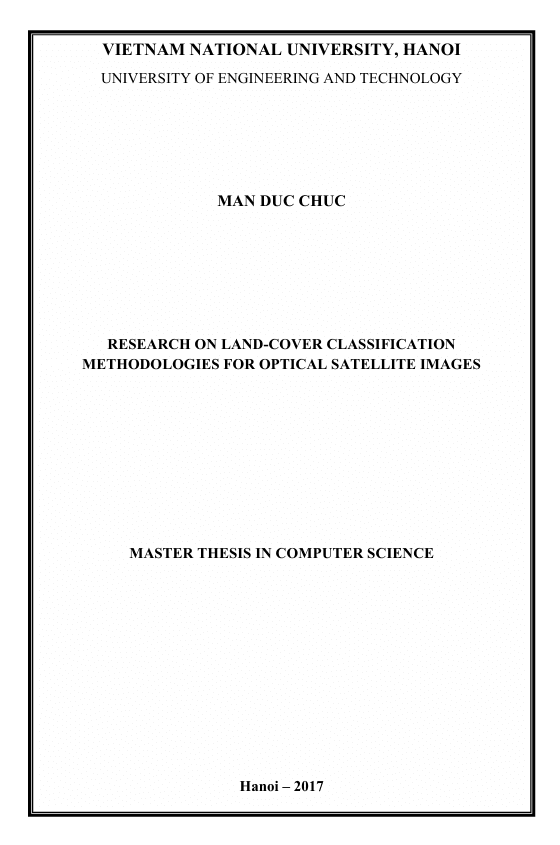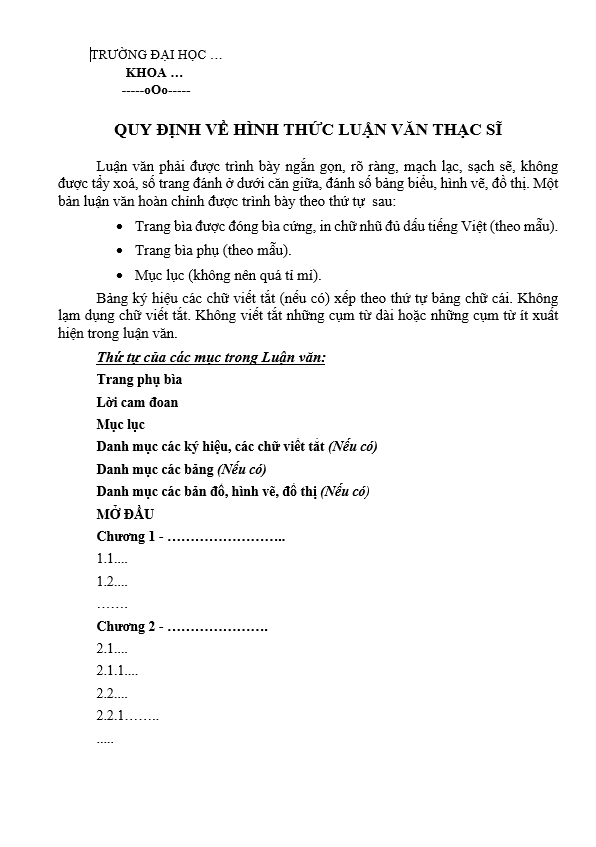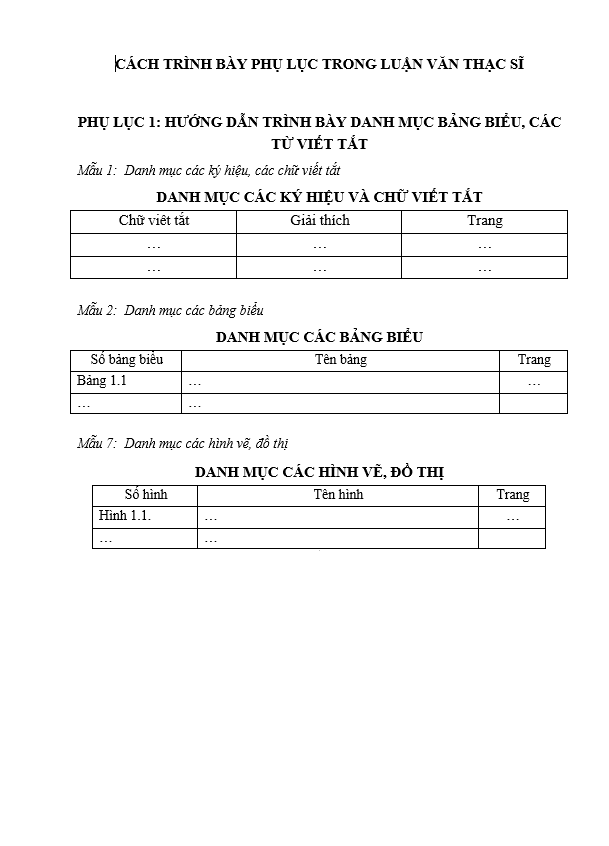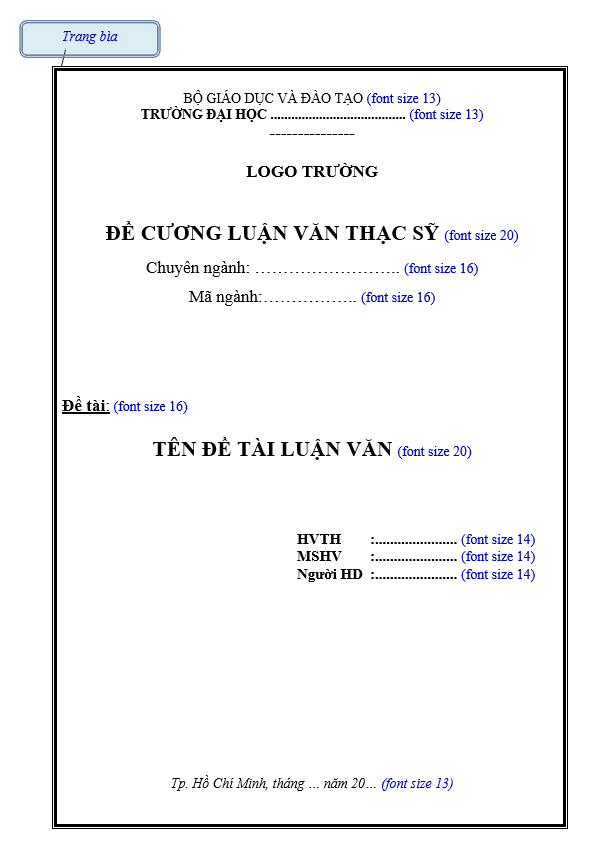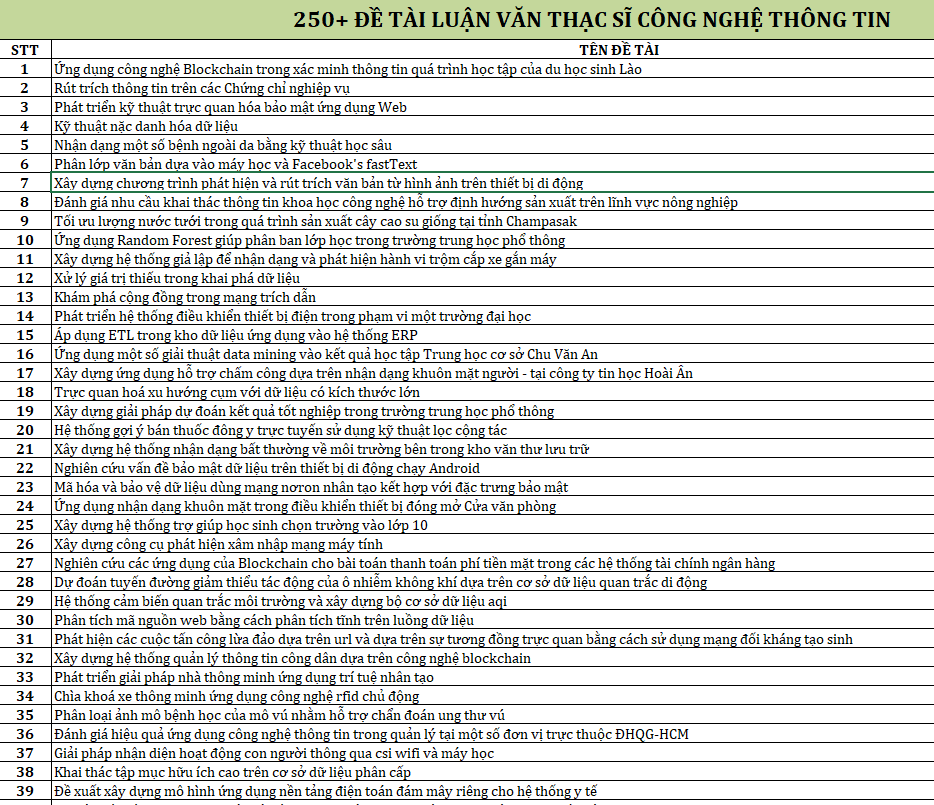Content
CHAPTER 1. INTRODUCTION ………………………………………………………………………… 5
1.1. Motivation ……………………………………………………………………………………………. 5
1.2. Objectives, contributions and thesis structure …………………………………………… 9
CHAPTER 2. THEORETICAL BACKGROUND ………………………………………………. 10
2.1. Remote sensing concepts ……………………………………………………………………… 10
2.1.1. General introduction …………………………………………………………………… 10
2.1.2. Classification of remote sensing systems ………………………………………. 12
2.1.3. Typical spectrum used in remote sensing systems ………………………….. 14
2.2. Satellite images …………………………………………………………………………………… 15
2.2.1. Introduction ……………………………………………………………………………….. 15
2.2.2. Landsat 8 images ……………………………………………………………………….. 17
2.3. Compositing methods ………………………………………………………………………….. 20
2.4. Machine learning methods in land cover study ……………………………………….. 21
2.4.1. Logistic Regression…………………………………………………………………….. 21
2.4.2. Support Vector Machine ……………………………………………………………… 22
2.4.3. Artificial Neural Network ……………………………………………………………. 23
2.4.4. eXtreme Gradient Boosting …………………………………………………………. 25
2.4.5. Ensemble methods ……………………………………………………………………… 25
2.4.6. Other promising methods ……………………………………………………………. 26
CHAPTER 3. PROPOSED LAND COVER CLASSIFICATION METHOD …………. 27
3.1. Study area …………………………………………………………………………………………… 27
3.2. Data collection ……………………………………………………………………………………. 28
3.2.1. Reference data ……………………………………………………………………………. 28
3.2.2. Landsat 8 SR data ………………………………………………………………………. 30
3.2.3. Ancillary data …………………………………………………………………………….. 31
3.3. Proposed method …………………………………………………………………………………. 31
3.3.1. Generation of composite images ………………………………………………….. 32
3.3.2. Land cover classification …………………………………………………………….. 34
3.4. Metrics for classification assessment ……………………………………………………… 35
CHAPTER 4. EXPERIMENTS AND RESULTS ……………………………………………….. 36
4.1. Compositing results …………………………………………………………………………….. 37
4.2. Assessment of land-cover classification based on point validation …………….. 38
4.2.1. Yearly single composite classification versus yearly time-series
composite classification …………………………………………………………………………….. 38
4.2.2. Improvement of ensemble model against single-classifier model ……… 40
4.3. Assessment of land-cover classification results based on map validation …… 42
CHAPTER 5. CONCLUSION ………………………………………………………………………….. 44

